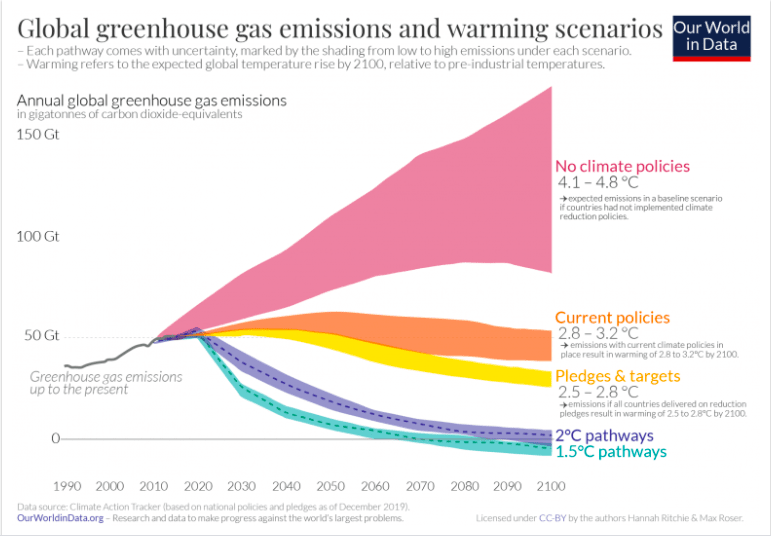
The world has embraced the fact that EVs are happening. We have accepted that almost 1.5 billion petrol and diesel-fuelled cars will be pensioned off because of what’s under their hood. But as we stand on the cusp of a new era, the sobering reality is that simply making the switch to electric is no longer enough.
The sustainability status quo
The 1.5-degree pathway outlined in The Paris Agreement demands we halve emissions by 2030, and eliminate them altogether by 2050. This will be a challenge for any industry, but when you consider that transportation is one of the biggest polluters globally, you start to understand our uncompromising attitude.
If we’re to reach net-zero by 2050, we have to innovate and then eliminate cradle-to-gate C02e emissions. A big ask. But we’re not the only ones with an environmental to-do list.

Clean mobility needs clean energy
Electric cars are better than internal combustion engine vehicles because they offer a route to net-zero, but they are not (yet) clean. And the lesser-known factor in this carbon calculator is the type of energy used to charge them.
An EV will always have less impact than its fossil fuel counterpart. Power it with renewable energy and over its lifetime it will have half the carbon footprint of an ICE vehicle. This would be a gamechanger if new research didn’t indicate that only a very low percentage of charging stations are running on renewable energy.
Head of Sustainability at Polestar, Fredrika Klarén sees solving this as an easy win. “Given that the type of charging drastically impacts the lifetime carbon footprint of an EV, the industry needs to lead the way, guiding consumers in how they can impact this footprint when charging their EV. They should be empowered to accelerate the change.”
So, if we’re really serious about offering a sustainable alternative to fossil fuel cars, governments and energy companies need to join the movement. Putting green energy on the charging grid should be a top priority for politicians and charging station providers. Because this is where electric mobility can become clean mobility.
The Swedish example
Take a look at Sweden, and you’ll see this isn’t an impossible task. Here, one in five new cars on the road are purely electric. This becomes even more interesting when you learn they are mainly powered by fossil-free energy.
Swedish-born Klarén admits that the EV infrastructure isn’t perfect, but as a consumer, you can be fairly confident that you’re charging with renewable electricity. A significant step in the right direction.
The power of choice
The situation in Sweden is ideal because they’re not asking people to decipher the difference between Global Electricity Mix, EU Electricity Mix, and renewables. The energy almost certainly comes from renewable sources. But by being transparent about the energy they put on the grid, energy suppliers can empower consumers to make informed decisions about how they charge.
“Consumers need to be able to choose renewable energy when charging and that’s where transparency can create accountability amongst charging operators, enabling us to fully embrace this opportunity.”
There is no denying that the business case behind building charging stations is hard. However, if companies are choosing to power them with cheaper, non-renewable electricity, it defeats the purpose entirely. Governments need to provide support.

Coming clean on car-making
To unleash the full power of electric mobility, we must work together as an industry to ensure that production is clean from start to finish and that our cars can be charged by renewable sources once on the road.
As manufacturers, Polestar knows the scale of the work ahead. This is why we utilize Life Cycle Assessments (LCAs) to measure the environmental lifetime impact of our products. And why we publish the results for the world to read.
Upcoming Polestar research will also reveal that only 25% of consumers trust car companies, to be honest, highlighting the need for greater transparency. It’s clear that we need to regain trust and hold ourselves accountable to the unnegotiable environmental standards we need to set as an industry. How else will we secure carbon neutrality across our entire production process? How else can we become part of the solution?
We’re at the hinge of history. And achieving clean mobility will require car brands, energy providers, and governments to claim more accountability. Grey areas only create more space for grey, non-sustainable energy. And we need that energy to be green.
Get the TNW newsletter
Get the most important tech news in your inbox each week.





